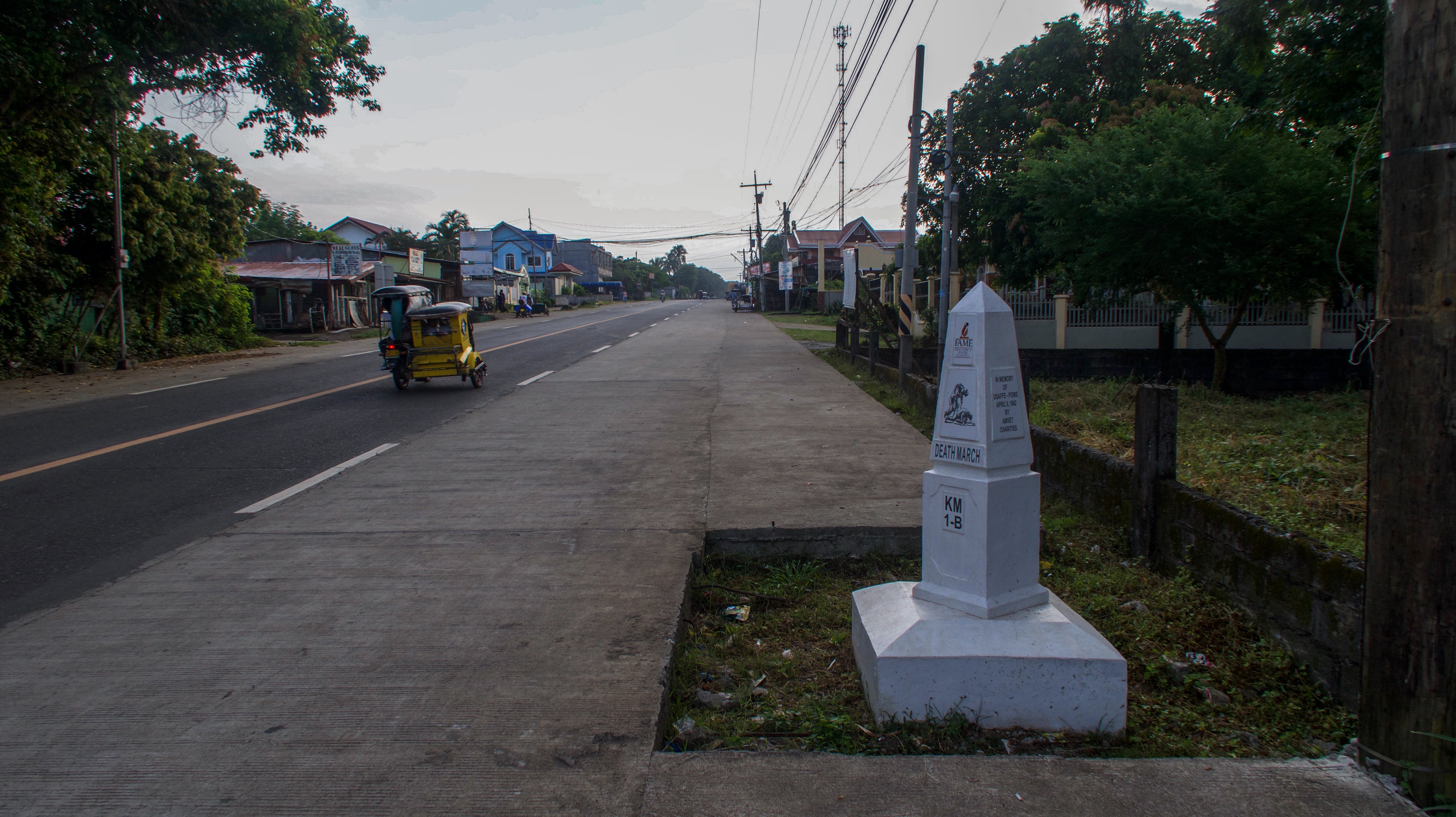Mount Samat and Dambana ng Kagitingan (Shrine of Valor) - Pilár (Bataan)
A landmark of profound historical significance, Mount Samat in Bataan holds memories of a crucial battle between the Imperial Japanese Army, Filipino, and American troops during World War II. This battle became a pivotal point in the Bataan Death March, a harrowing event in Philippine history.
Discover Mount Samat and the Dambana ng Kagitingan (Shrine of Valor), Bataan's most iconic landmark steeped in World War II history. This site carries deep emotional significance for Filipinos, commemorating the courage and sacrifice of those who fought in the Battle of Bataan...
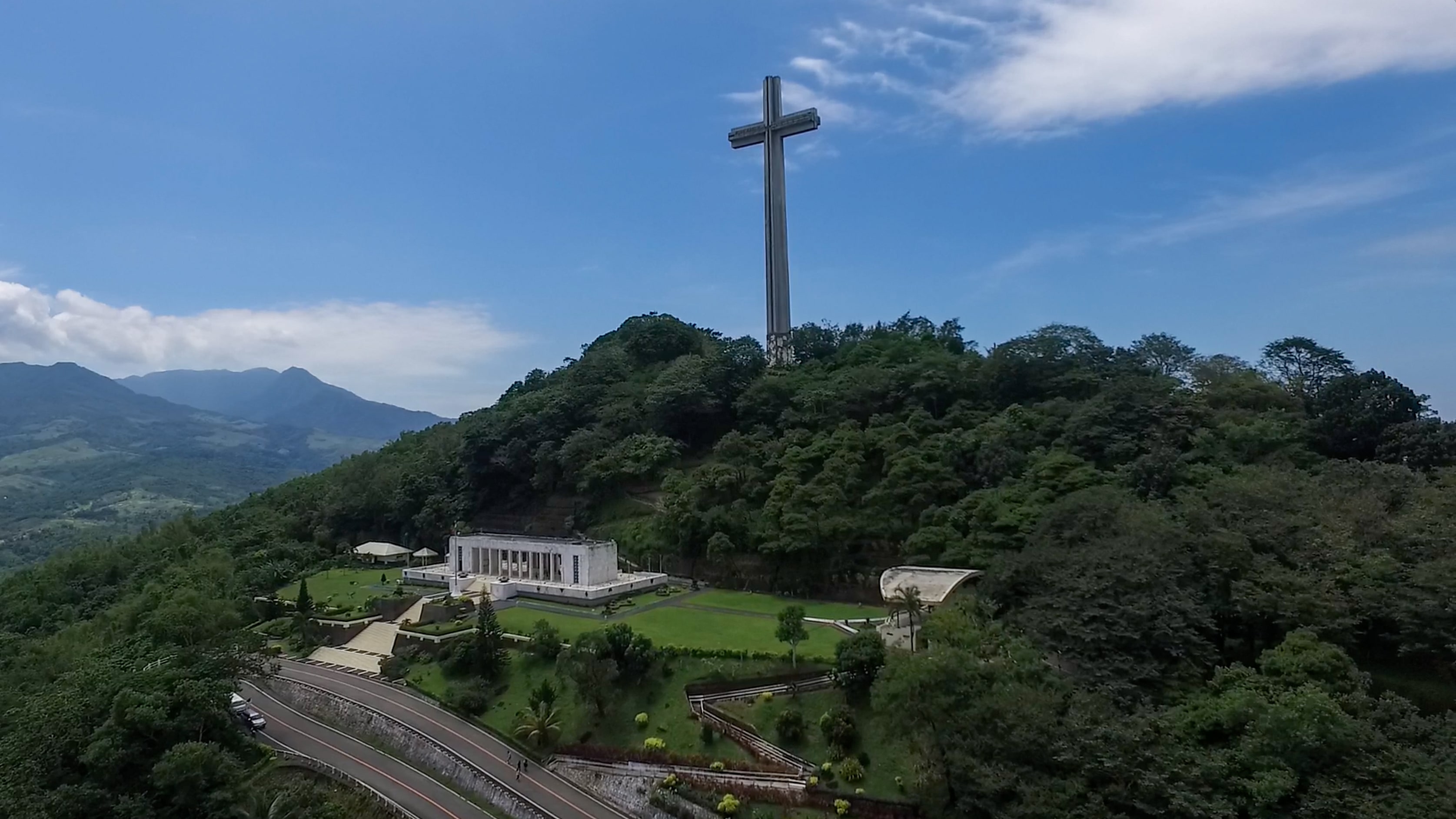
Battle at Mount Samat
A pivotal point in World War II history, Mount Samat in Bataan was the site of one of the war's fiercest battles before the Japanese occupation (1942-1945). Filipino and American forces, despite suffering heavy losses across Luzon, made a courageous last stand at Mt. Samat. Sadly, the Japanese Imperial Army overwhelmed them, leading to the largest surrender of American soldiers in history – approximately 78,000 troops. These exhausted, wounded, and starving soldiers, along with their Filipino comrades, were then forced into the infamous Bataan Death March. On this harrowing journey to the brutal Camp O'Donnell, an estimated 10,000 soldiers lost their lives.
Memorial Cross
Though a dark chapter in history, the Battle of Bataan ultimately led to a restored friendship between the Japanese and Filipinos. Yet, Mount Samat's role in this struggle will never be forgotten. Several monuments honor the courage and sacrifice of those who fought there, including the awe-inspiring Memorial Cross. Reaching 302 ft (92m), it stands as the world's second-tallest cross, surpassed only by Spain's 'Valle de los Caídos'.
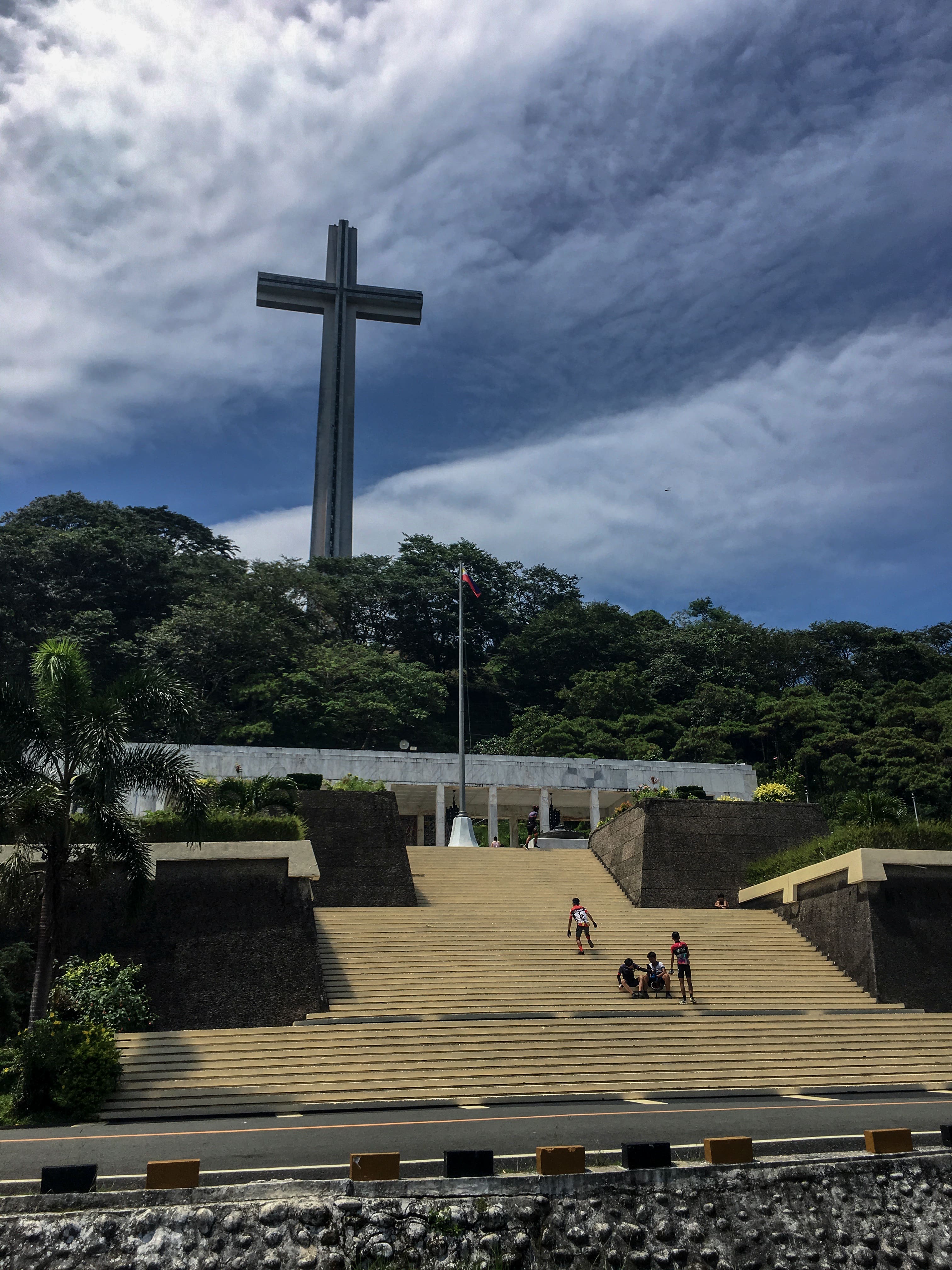
Built in 1970 and meticulously maintained, the Memorial Cross offers breathtaking views. Visitors can ascend via elevator to its arms, housing panoramic 360-degree viewing galleries overlooking the Bataan Peninsula, the West Philippine Sea, and even Manila Bay. Even from its base, the cross and surrounding landscape offer stunning vistas. Drone flights near this revered landmark are prohibited (though special permits might be obtainable in Metro Manila).
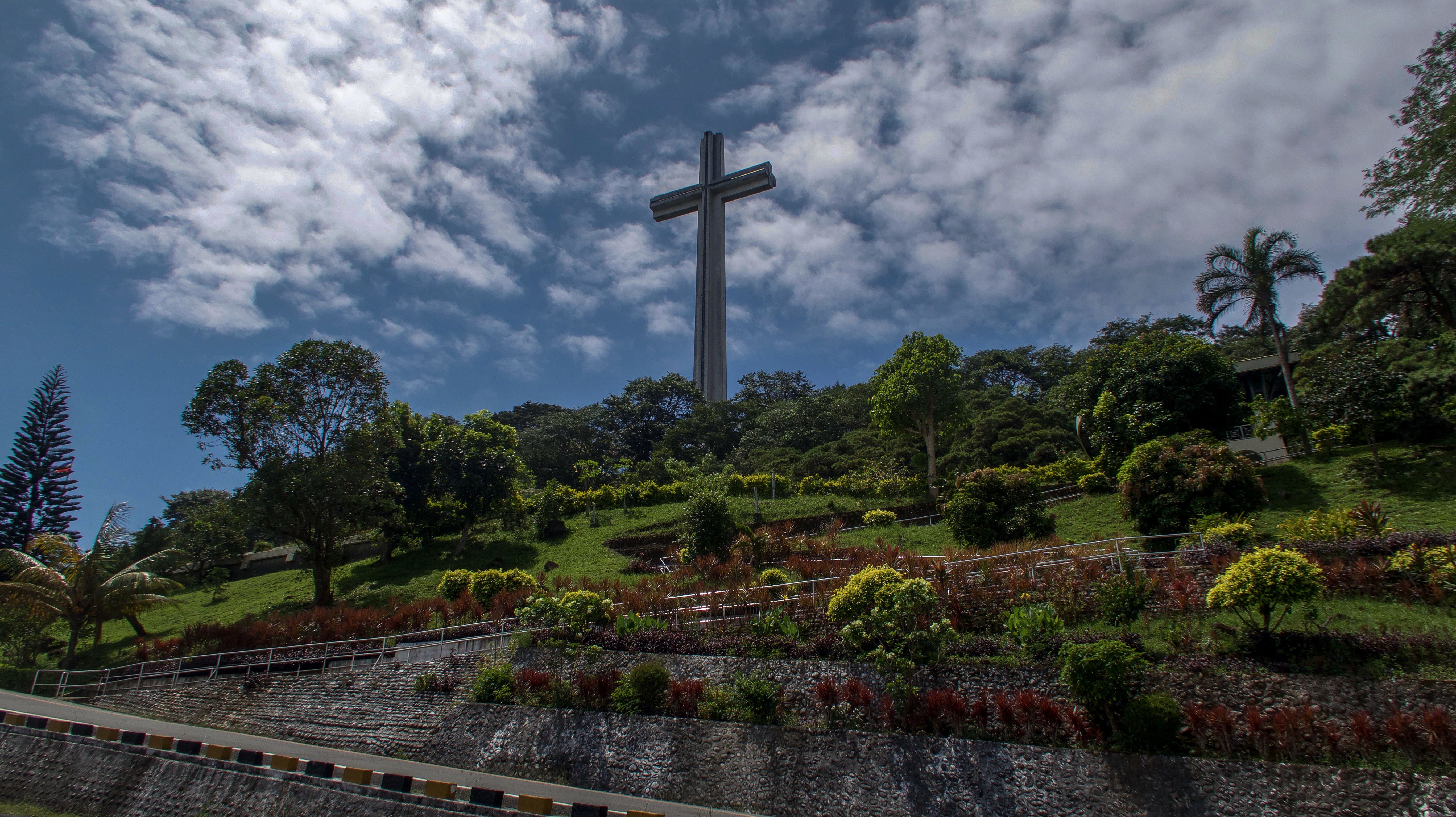
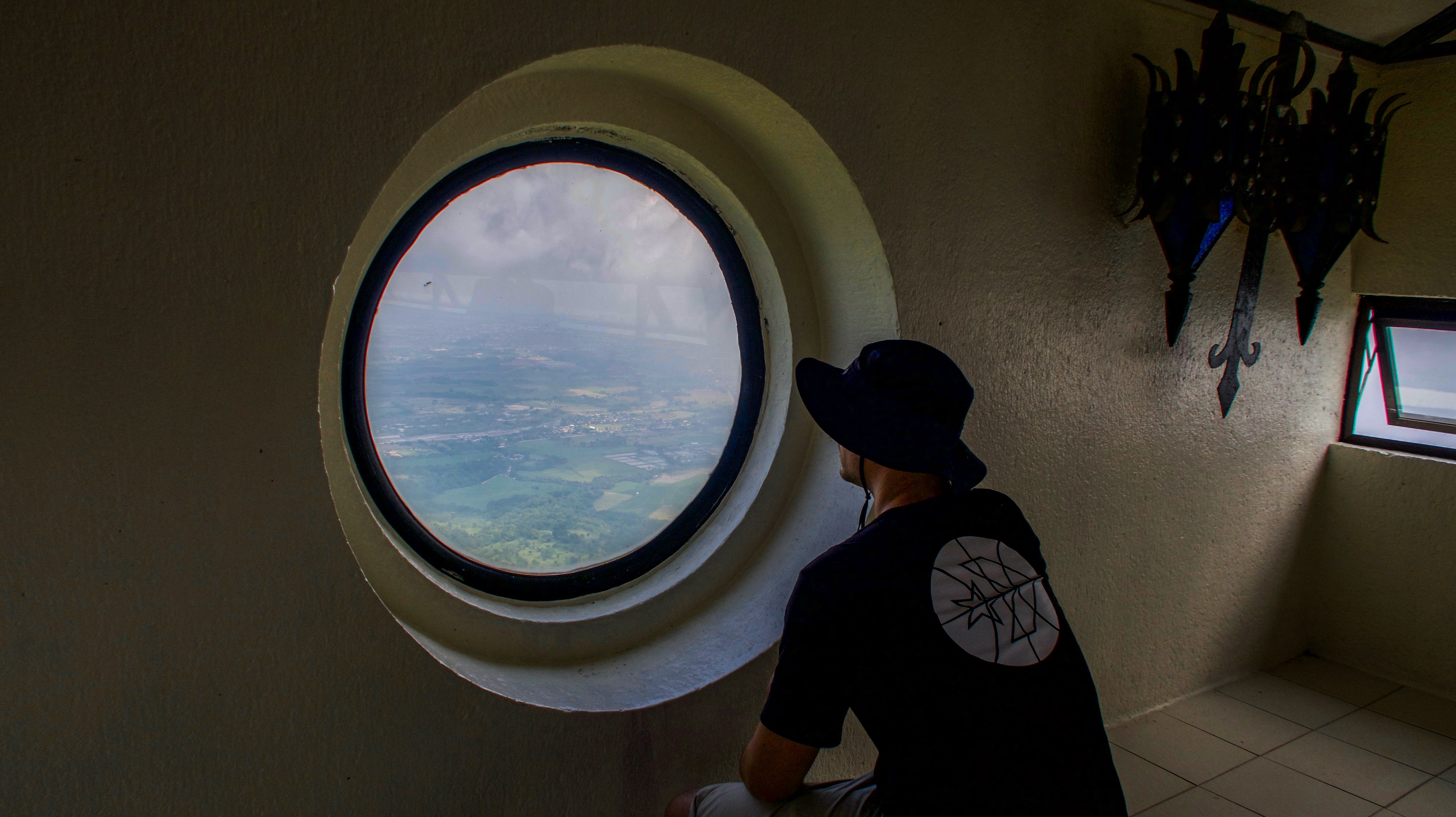
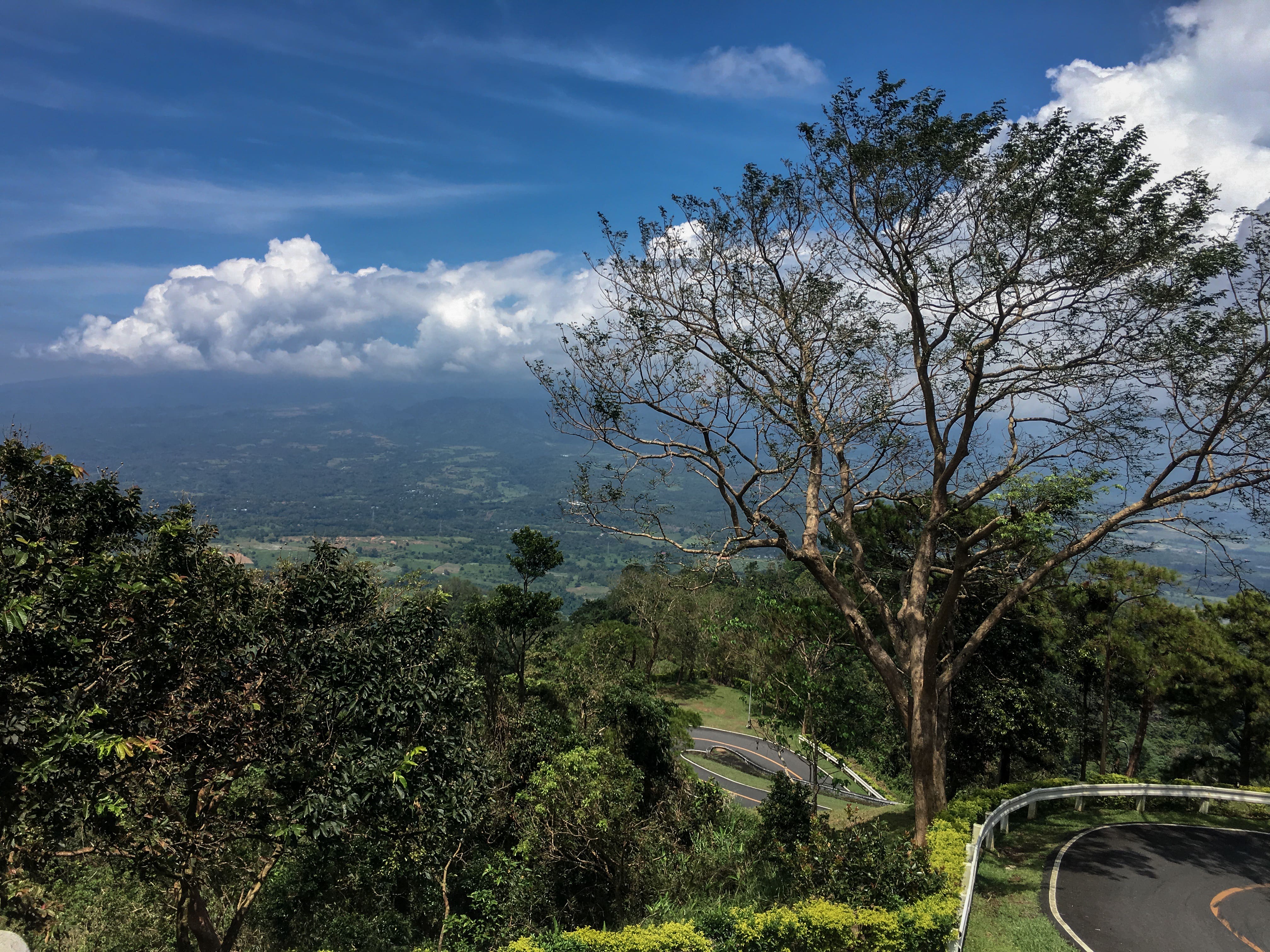
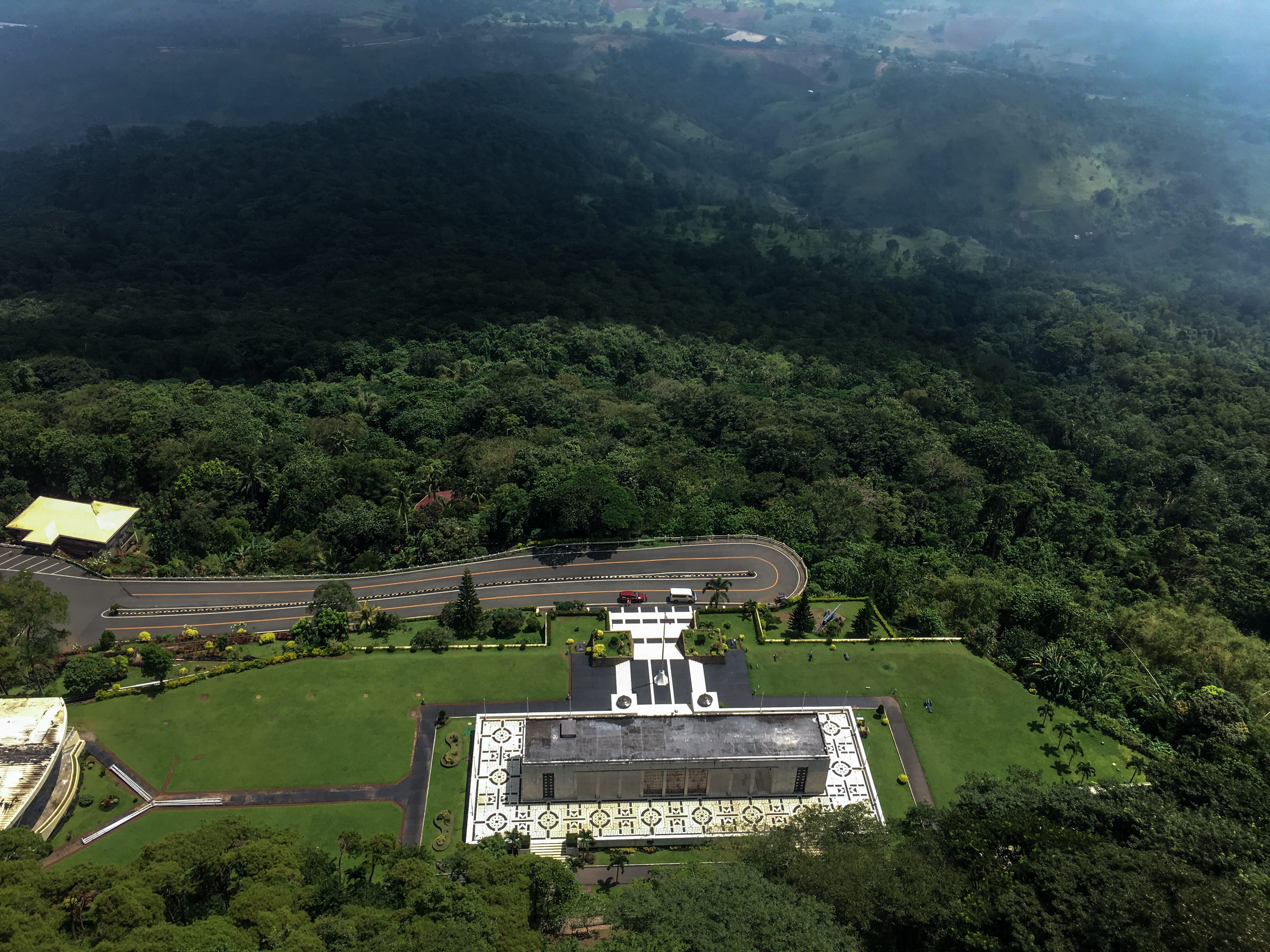
Collonade
From the Memorial Cross, follow a poignant footpath toward the Dambana ng Kagitingan (Shrine of Valor). This is not just some pathway: covered with round stones carrying dark red patches, they are called bloodstones – whether literal or symbolic, they are said to be stained with Japanese blood, embodying the fierce struggle that took place here. This path leads to the Colonnade, a grand shrine complex honoring the bravery and sacrifice of Filipino and American soldiers who defended the Philippines. Within the marble-clad Colonnade, discover a grand altar adorned with exquisite glass murals. There's also a museum showcasing WWII photographs, paintings, uniforms, and weapons.
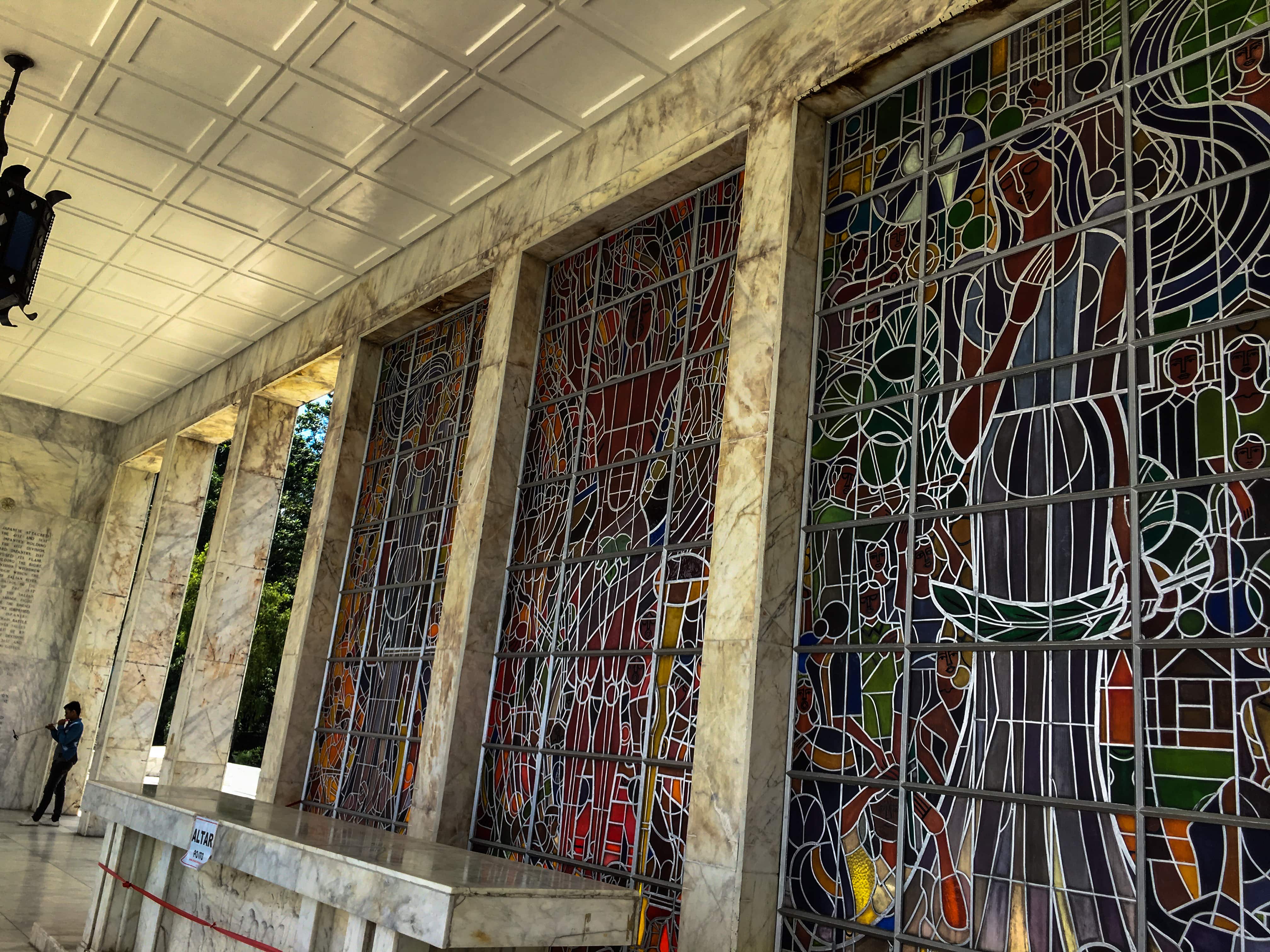
Before the altar, the Philippine flag waves proudly. Along the Colonnade's walls, the story of the Battle of Bataan is etched in marble. Armaments stand on display, including a graceful cannon nestled within a manicured garden, its barrel symbolically aimed towards the distant valleys. Like the Memorial Cross, the Colonnade is a meticulously preserved site where visitors pay their solemn respects.
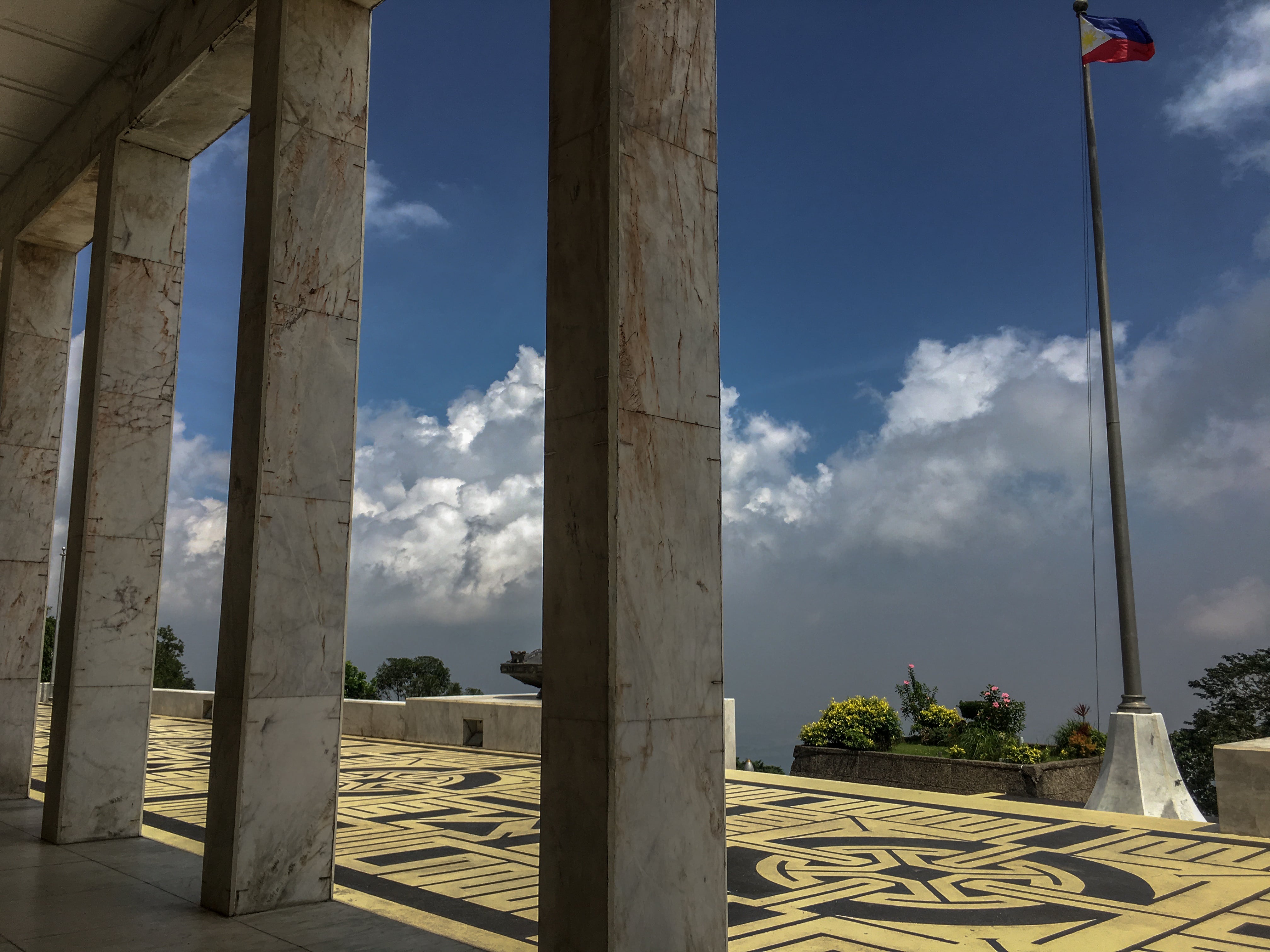
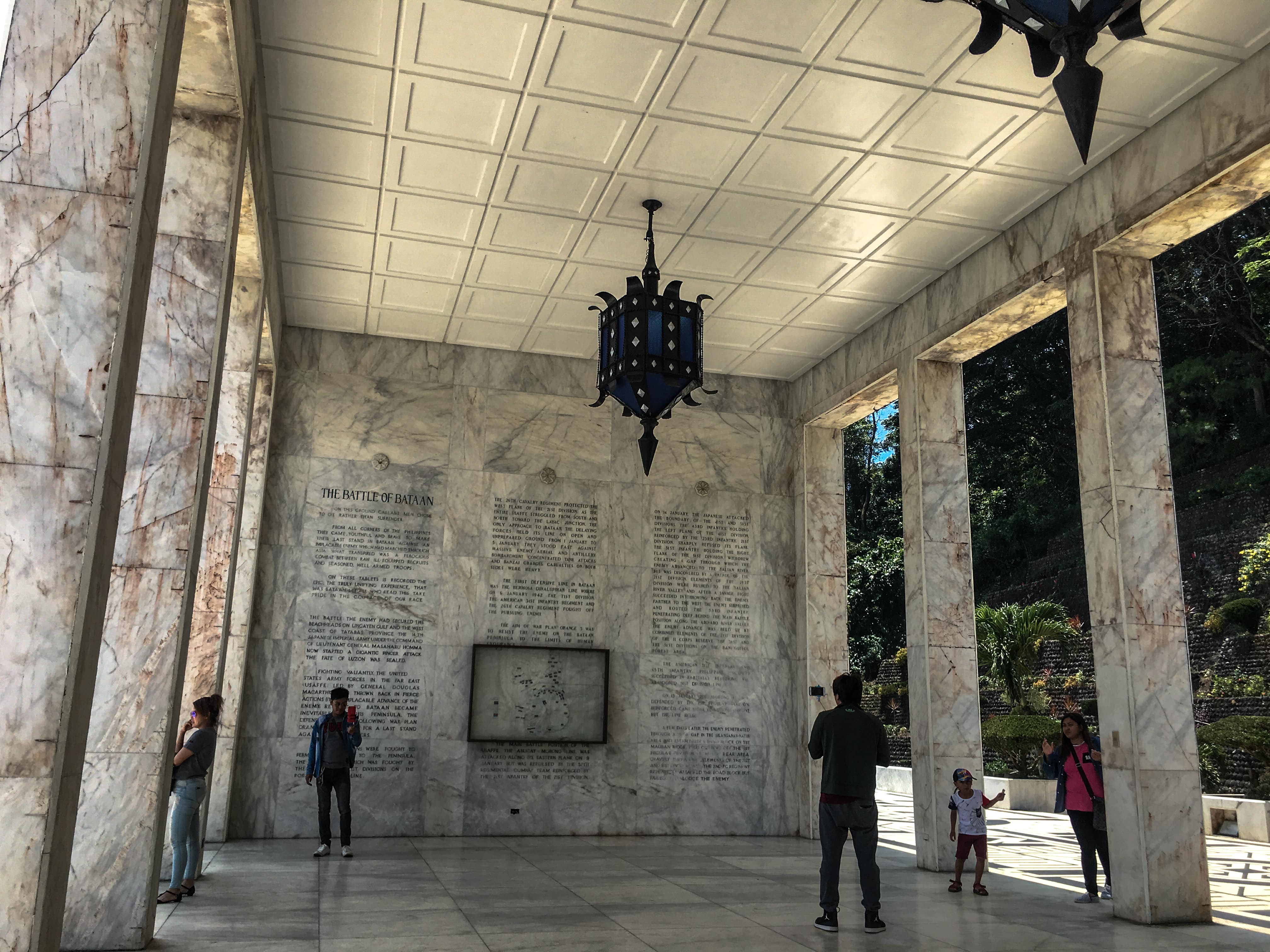
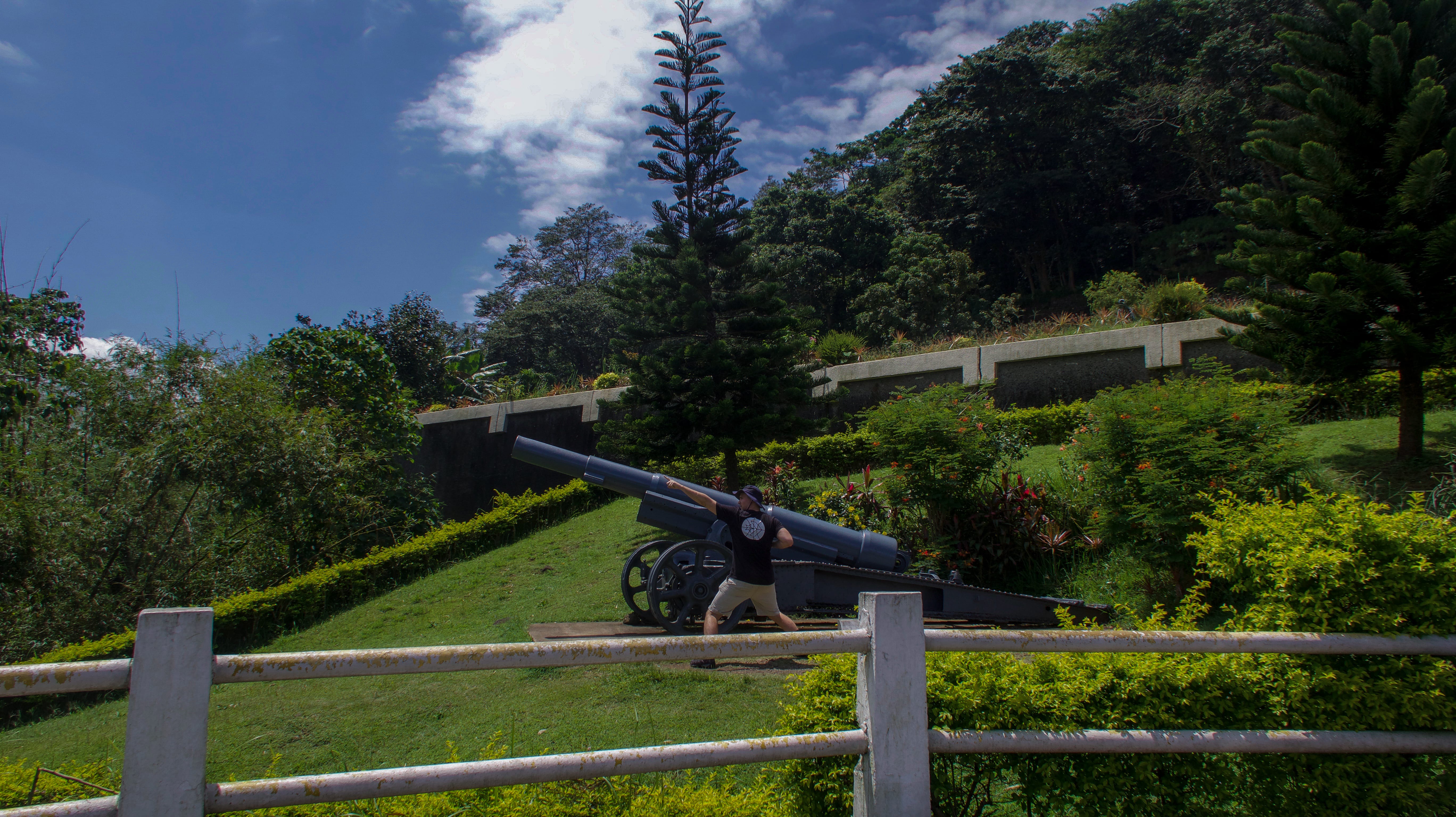
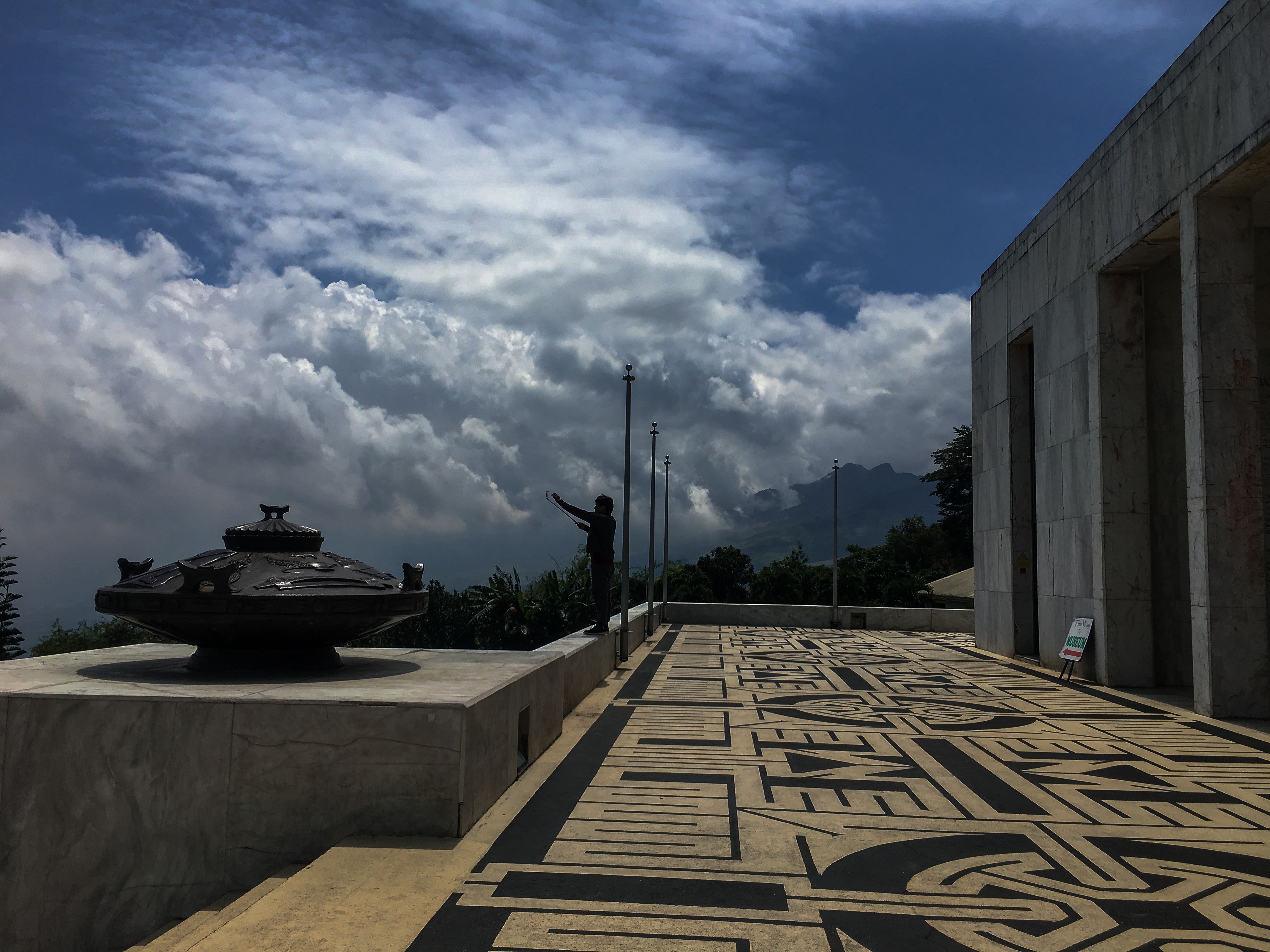
A Visit to the Top of Mount Samat
A journey to Mount Samat in Bataan, home of the Dambana ng Kagitingan (Shrine of Valor), rewards visitors with more than just spectacular panoramic views. The meticulously maintained Memorial Cross and Colonnade leave a lasting impression of respect and appreciation for the sacrifices made here. Accessible by car or a scenic hike, Mount Samat even offers thrills with a zip-line adventure. Plus, the nearby Dunsulan Waterfall provides a refreshing natural counterpoint. Open daily from 8 am to 5 pm with free admission, the Shrine of Valor is a must-see when exploring Bataan. All in all, the Dambana Ng Kagitingan and the broader Mount Samat experience leave a deep impact on any visitor.
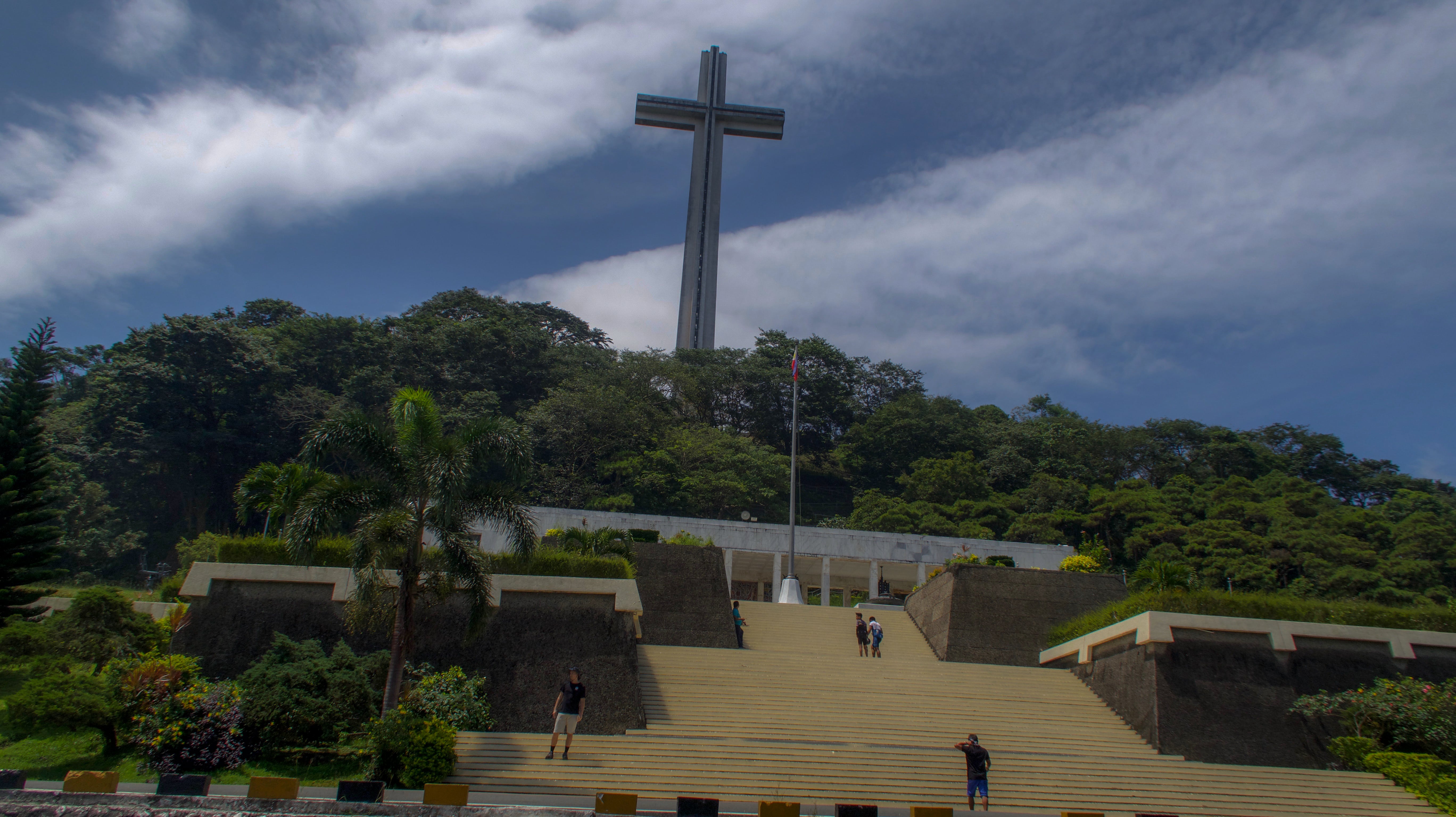
Click here for more things to do in Bataan province.
